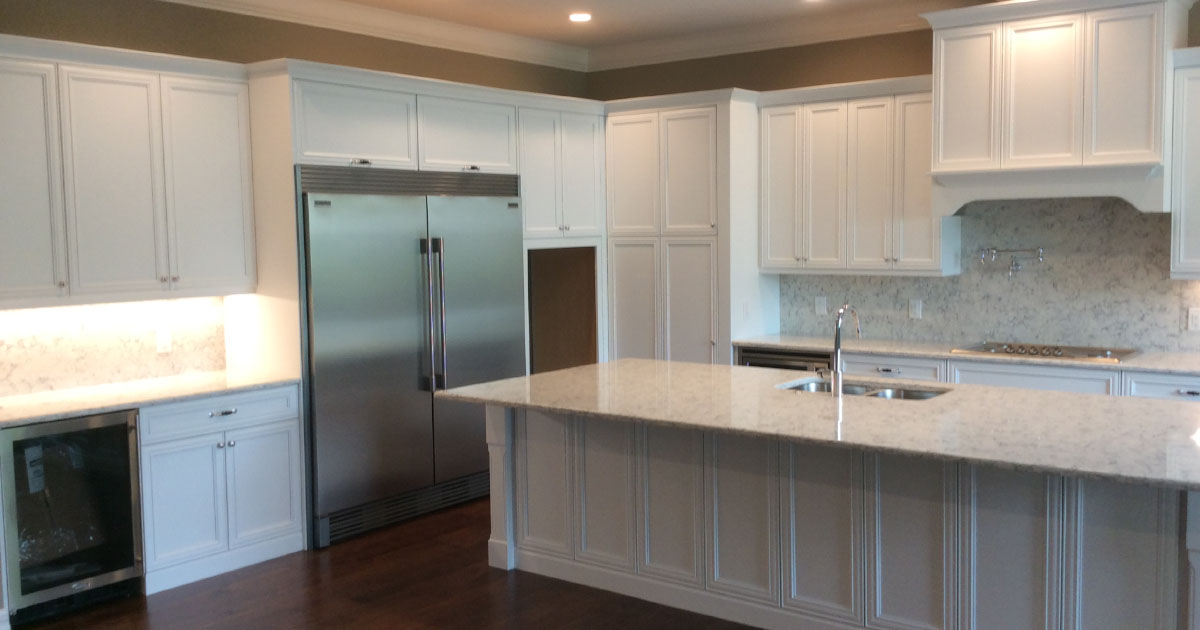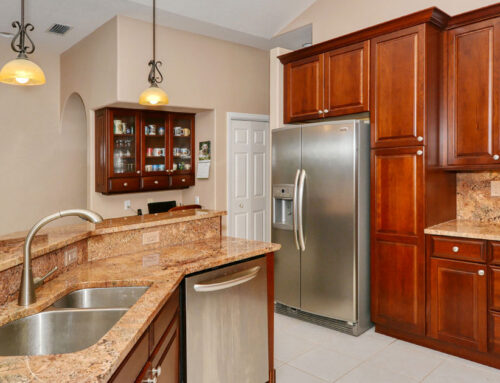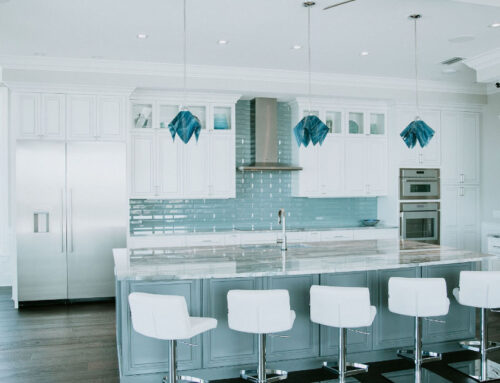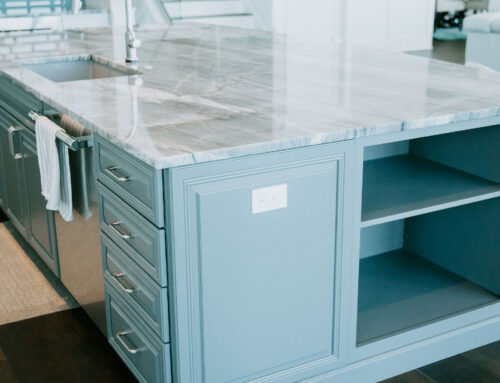A lot of life happens in the kitchen. Our kitchens are often the activity center, from weekday morning craziness to large holiday dinners. The dinner table has always been a popular place to do homework – but after two years of the pandemic, the kitchen has taken on a new educational role for many. Homeschooling is up by 40% in America, and so many families have embraced this new way of teaching their children.
The kitchen can be a great place to use as a hub for teaching and learning. Many lessons can be taught using the skills, materials, and conveniences of your home kitchen, and having the right setup can make teaching even easier. Whether teaching math or cooking, these kitchen hacks will make it easier.

Get a Table with Drawers
When the kitchen is your hub for homeschooling, there are a lot of materials that you want to have on hand nearby. Consider getting a kitchen table that comes with built-in drawers so that you can easily tuck away books, writing utensils, and other school supplies when it comes time for a meal. For extra storage, consider having a bench seat installed that can open and offers ample storage for homeschooling.
Hideaway Step Stools
Step stools are necessary to involve young children in the kitchen, but they can be bulky and difficult to store. Consider having one or two built-in hideaway step stools installed into your lower cabinets – these can give your child access to the sink or a countertop when they need to reach, but then easily fold up and slot seamlessly into the cabinetry when not in use.
Combine Homeschooling and Kitchen Activities
Math: There is a lot of math involved in cooking – recipes need adjusting, ingredients need measuring, and a pizza is a great way to teach fractions. Young kids can learn addition and subtraction visually using any number of kitchen foods like apples, grapes, or nuts. You can involve older kids in creating a shopping list and budget for the trip, then have them keep track of prices as you shop to make sure you stay within budget. Math lessons can be incorporated into almost any kitchen activity, meaning you can multitask by preparing a snack or meal with your kids.
Science: Cooking is science, and it is easy to incorporate a kitchen task into a science lesson. What causes mold to grow on forgotten leftovers? Why does pasta water help thicken the sauce while regular water doesn’t? How does changing the amount of baking soda, butter, or eggs affect how chocolate chip cookies turn out? The possibilities for experiments are truly endless. You can also start collecting compost to learn about recycling nutrients, decomposition, and fertilization. While cleaning, teach your kids about bacteria and the importance of disinfecting surfaces and hands while preparing food.
History: The internet is a wonderful tool: you can find recipes from many different periods from around the world. Find a recipe from the time period you are studying in your kids’ history classes, and prepare it together. It is a great way to connect with the past and learn about topics like the growth of international trade and limits on food availability based on the era. (i.e. the Great Depression).
Geography: Similarly, when learning about cultures around the world you can pick a classic traditional meal of theirs and prepare it at home. You can use this opportunity to discuss native plants and how people of different cultures are connected to their homeland and each other through food.
Upgrade Your Kitchen
If your family is spending more time than ever in the kitchen, it may be time to update your floorplan. Call the experts at West Coast Design Build Florida – kitchen renovations are our business!




[…] just cooking – with the proper seating, it can be a comfortable place to get work done, craft, homeschool, or hang out with friends and family. Consider some options below if you want to explore kitchen […]